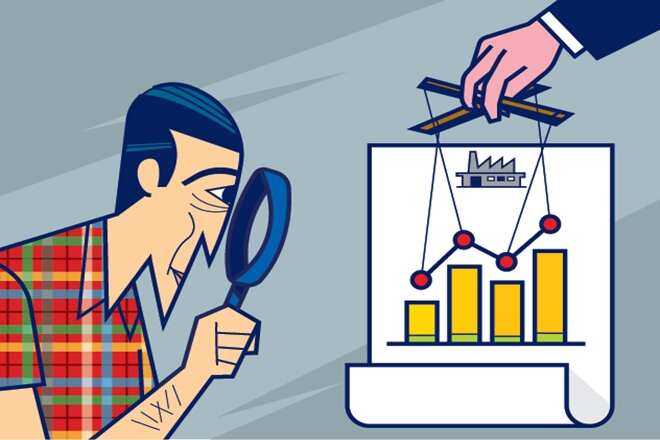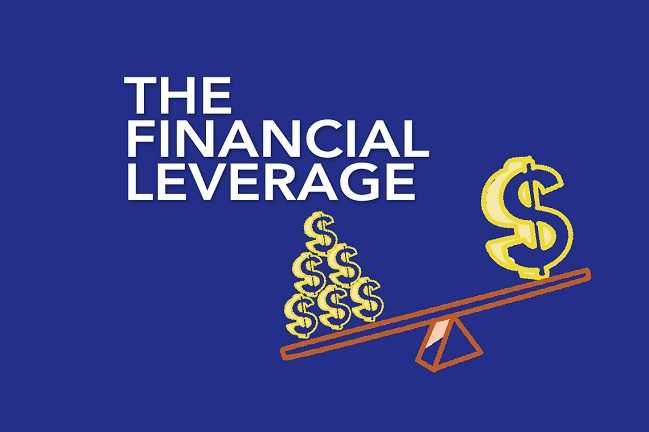Tips On Financial Leverage

When it comes to investment, financial leverage is an important point to always take note of. So, what then is financial leverage? It can be described as when your company borrows money from another firm like banks to buy an asset that is expected to increase in value over time or gain additional revenue.
As an example of financial leverage, consider the following: Joe owns a small manufacturing company that produces airplane parts.
Four years ago he founded his company which has grown over time.
Currently, there has been a 50% increase in Joe's orders in the past two years. Since there is limited expansion space in his factory, he has not been able to buy more equipment as well as get more employees.
This has made it difficult for Joe to meet up with the volume of orders his company is getting from clients.
So Joe then takes the initiative to properly investigate how he is going to acquire a larger manufacturing facility.

Types of Leverage in Business
#1. Operating Leverage
Operating leverage appears to be a sophisticated financial concept reserved for corporations. However, every business (no matter how small) has an "operating lever."
This type of leverage is a concept that comes from the presence of fixed costs within the business's costing.
This is why as a fixed component of cost is divided into ever-increasing sales, you will discover an increase in sales that is below a certain level of fixed costs will result in higher operating profit.
According to finance experts, operating leverage is a "first-phase leverage" that increases earnings in the face of a change in sales volume.
#2. Financial Leverage
Financial leverage is another type of leverage, which has a lot to do with the fiscal shield (fixed charge maneuvers) that are commonly used to obtain a lower taxable income. This usually favors the profit or result for investors.
Leveraging a company from a financial standpoint appears to be reserved for large corporations, but obtaining a loan is sufficient to experience financial leverage.
Financial leverage is referred to as second-degree leverage because it begins where the operational leverage ends.
A typical explanation of the financial leverage is when a financial x leverage of percent means that for every percentage point change in profit before interest and taxes (UAII or EBIT), the final result or earnings per share (EPS) will change by x percent.
Financial Leverage Ratios
Financial leverage ratios, also known as equity or debt ratios, assess the value of a company's equity by examining its overall debt picture.
These ratios compare debt or equity to assets as well as shares outstanding to determine the true value of a company's equity.
Furthermore, the financial leverage ratios are used to assess a company's overall debt load and also compare it with its assets or equity.
This demonstrates how much of the company's assets are owned by shareholders rather than creditors.
So, when the majority of the assets of a company are owned by shareholders, you can say that the company has less leverage.
But, when it is the creditors that own the majority of the company's assets, then the company can be said to be highly leveraged.
Investors need to understand all of these metrics are important because they will help them to know how risky a company's capital structure is and whether it is worth investing in.
What is the best financial leverage ratio?
The best financial leverage ratio is determined by the type of ratio you're referring to.
The higher figures are better for some ratios, like the interest coverage ratio. While the lower ratios, tend to show favour higher-performing businesses.
For example, the debt-to-equity ratio — arguably the most important financial leverage equation — should be less than 1.0.
You must understand that a ratio of 0.1 shows that a company has almost no debt relative to equity. But, when you see a ratio of 1.0, it indicates that a company's debt and equity are equal. This means the best ratio will fall between 0.1 and 0.5.
Factors Affecting Financial Leverage
Financial leverage is usually about borrowing from outside sources which must be repaid as soon as possible.
Let us look at the following factors to learn more about financial leverage:
- Second Stage Leverage: Because financial leverage is dependent on the degree of operating leverage, it is classified as second stage leverage.
- Financial Liability: Borrowings in the form of debts place the company in financial jeopardy.
- Financing Decision: The financial leverage decision is part of the directors' planned financing strategy for the company.
- Interest Rates: These loans are usually accompanied by exorbitant interest rates.
- Stability of the Firm: The firm's position and balance, to bear the risk, are the most important factors considered by management when making a financing decision.
Conclusion
When analyzing a company's financial leverage position, it must be cautious because high leverage implies high debts.
Furthermore, granting ownership may be hazardous to the organization, resulting in massive losses and business failure.
Author Bio
The author is currently blog-walking, reading, researching, and writing about the most pressing global concerns. She is also quite interested in reviewing a variety of tips and tricks in a variety of industries.
The author's main aim is that the entire post will be extremely useful and valuable to the readers, as well as providing a solution to some key consumer issues.
Article Comments
No Comments!
At present there are zero comments on this article.
Why not be the first to make a comment?
Similar Articles
Sponsor
Search Articles
Experts Column
Latest Articles
Featured Articles
Most Popular Articles












